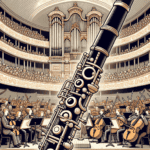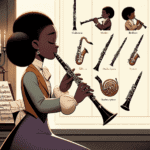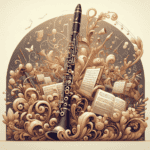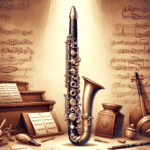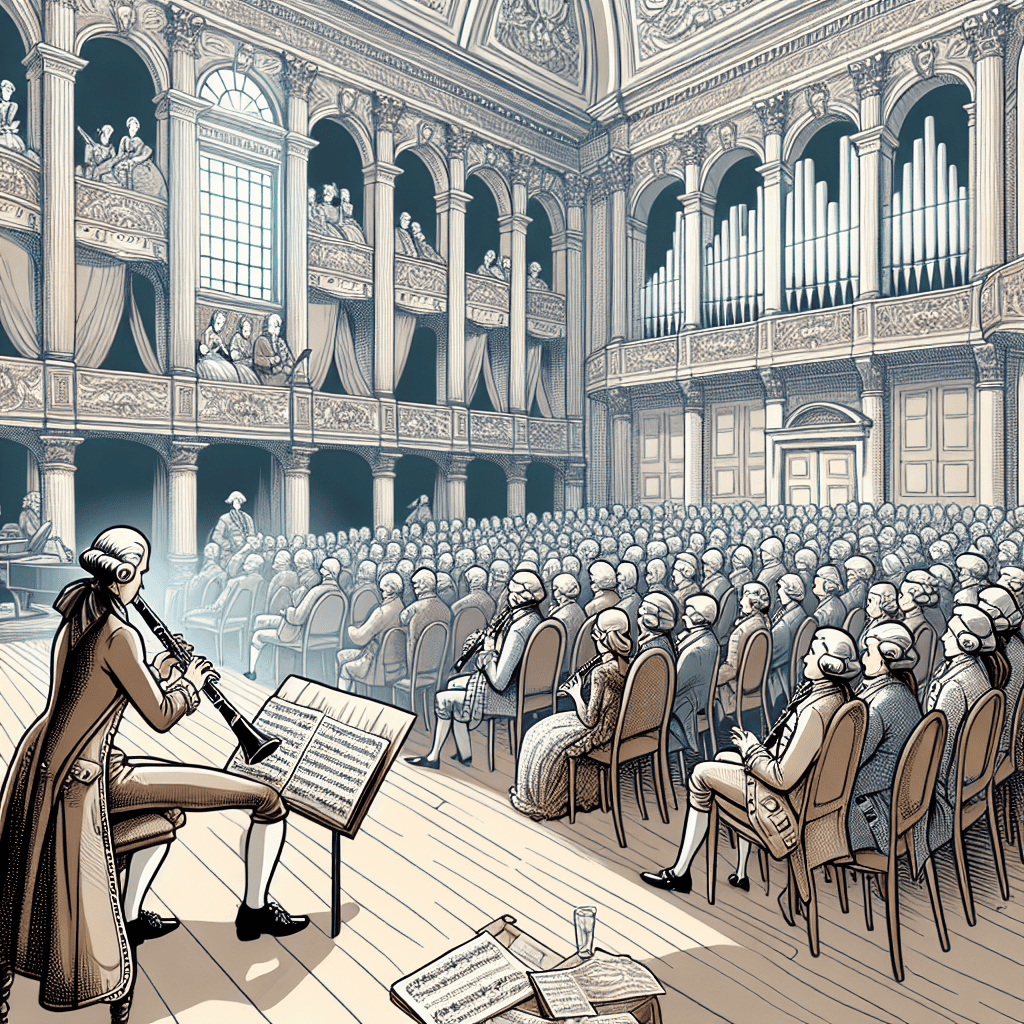The Clarinet in Neoclassical Music: A Fascinating Journey
The clarinet in neoclassical music trivia is a fascinating subject for any music enthusiast or musician. Neoclassical music, with its roots in the 18th and 19th centuries, brings a renewed interpretation of classical forms and styles. Incorporating the clarinet into this genre has led to some mesmerizing compositions that highlight the instrument's versatility and rich tonal quality.
Origins of the Clarinet in Neoclassical Music
How did the clarinet find its place in neoclassical music? During the classical and romantic periods, composers were continuously exploring new avenues to express emotion and complexity in their works. With its extensive range and ability to produce both bright and mellow tones, the clarinet became a favorite. Brands like Martin Freres were already setting the standard for quality instruments.
Stravinsky's Influence
One of the first prominent uses of the clarinet in neoclassical music was seen in the works of Igor Stravinsky. His piece, ‘Ebony Concerto', composed for the Woody Herman band, is a remarkable example of fusing classical clarity with the innovations of the early 20th century. This piece showcases the clarinet's adaptability and its ability to blend seamlessly with various musical styles.
| Neoclassical Clarinet Techniques | Description |
|---|---|
| Vibrato | Used sparingly to maintain tone purity |
| Dynamic Range | Crucial for conveying emotions |
| Articulation | Important for expressing intricate emotions |
Unique Techniques in Neoclassical Clarinet Music
When exploring the clarinet in neoclassical music trivia, it's important to highlight the techniques that are unique to this genre. Vibrato, for instance, is used sparingly to maintain the purity of tone, staying true to classical aesthetics. However, dynamic range and articulation become important tools. Players need to master these elements to convey the intricate emotions embedded in neoclassical compositions.
Mimicking the Human Voice
An interesting fact is how some composers used the clarinet to imitate the human voice. This technique creates a dialogue-like effect between the clarinet and other instruments or sections of the orchestra. The results are pieces that feel almost conversational, which connects deeply with audiences.
Aaron Copland's Contribution
Another notable contributor to neoclassical clarinet music is Aaron Copland. His composition, ‘Clarinet Concerto', commissioned by Benny Goodman, is a significant work that showcases the fluidity and expressiveness of the clarinet. The concerto's structure, with its lyrical lines and jazzy elements, demonstrates the instrument's versatility and the innovative spirit of neoclassical music.
Maintaining a Clarinet for Neoclassical Performance
Maintaining a clarinet for performing such nuanced music is challenging. Quality brands like Martin Freres ensure that their instruments are built to last and produce consistent sound quality. Regular maintenance, proper reed selection, and understanding the mechanics of one's specific clarinet are all part of the journey to achieving the best performance possible.
The Clarinet in Neoclassical Ensembles
The ensemble work within neoclassical compositions often highlights the clarinet's role as both a solo and a supporting instrument. Its ability to weave in and out of complex harmonic structures makes it indispensable in achieving the desired texture and depth. For instance, in the chamber works of Francis Poulenc, the clarinet often takes on a dual role, providing both melodic lines and harmonic support.
Stories Behind the Music
What truly makes the clarinet in neoclassical music trivia captivating? Perhaps it's the stories behind the compositions and performances. For example, Benny Goodman's collaboration with the likes of Copland and Stravinsky brought a jazz musician's sensibility into the classical fold, creating works that were both innovative and deeply rooted in tradition. Goodman's performances were not just about technical prowess but about bridging two worlds and creating something timeless.
Prokofiev's ‘Peter and the Wolf'
Another intriguing piece is Prokofiev's ‘Peter and the Wolf,' where the clarinet represents the cat with a playful and sly motif. This work is a brilliant example of how neoclassical music can tell stories vividly, with the clarinet playing an important role in character representation.
Mastering Neoclassical Clarinet Music
For those aspiring to master neoclassical clarinet music, it's important to study these pieces, understand their historical context, and the composer's intent. Regular practice, listening to recordings of great performances, and perhaps even connecting with the legacy of brands like Martin Freres can offer valuable insights.
Conclusion
The journey of the clarinet in neoclassical music is indeed a rich and rewarding one. Whether you're an aspiring clarinetist or a seasoned player, there's always something new to discover and appreciate in this blend of old and new.
Table of Contents
- The Clarinet in Neoclassical Music: A Fascinating Journey
- Origins of the Clarinet in Neoclassical Music
- Stravinsky's Influence
- Unique Techniques in Neoclassical Clarinet Music
- Mimicking the Human Voice
- Aaron Copland's Contribution
- Maintaining a Clarinet for Neoclassical Performance
- The Clarinet in Neoclassical Ensembles
- Stories Behind the Music
- Prokofiev's ‘Peter and the Wolf'
- Mastering Neoclassical Clarinet Music
- Conclusion

